While we already briefly mentioned SDF based real-time global illumination was coming in our post on the recent Godot Engine 3.2.2 release, Godot's Juan Linietsky has now explained the upcoming feature in more detail.
Godot 4.0 is the massive rendering overhaul that's still a while away with Vulkan support, and over time new and more advanced 3D rendering features are making it in. SDFGI (Signed Distance Field Global Illumination), the latest mentioned addition, is a seriously fancy lighting technique that provides a form of real-time dynamic lighting. They said it's something akin to a dynamic real-time lightmap but it doesn't require unwrapping, nor does it use textures and it doesn't require Ray Tracing either - all while keeping performance in check.
Linietsky mentioned it supports using specular reflections both sharp and rough, so full PBR scenes should "just work". On top of that it also works with Emissive Lighting, "so materials with emission channel will fully work with SDFGI, providing lighting to the scene". You can see two videos of it in action below:
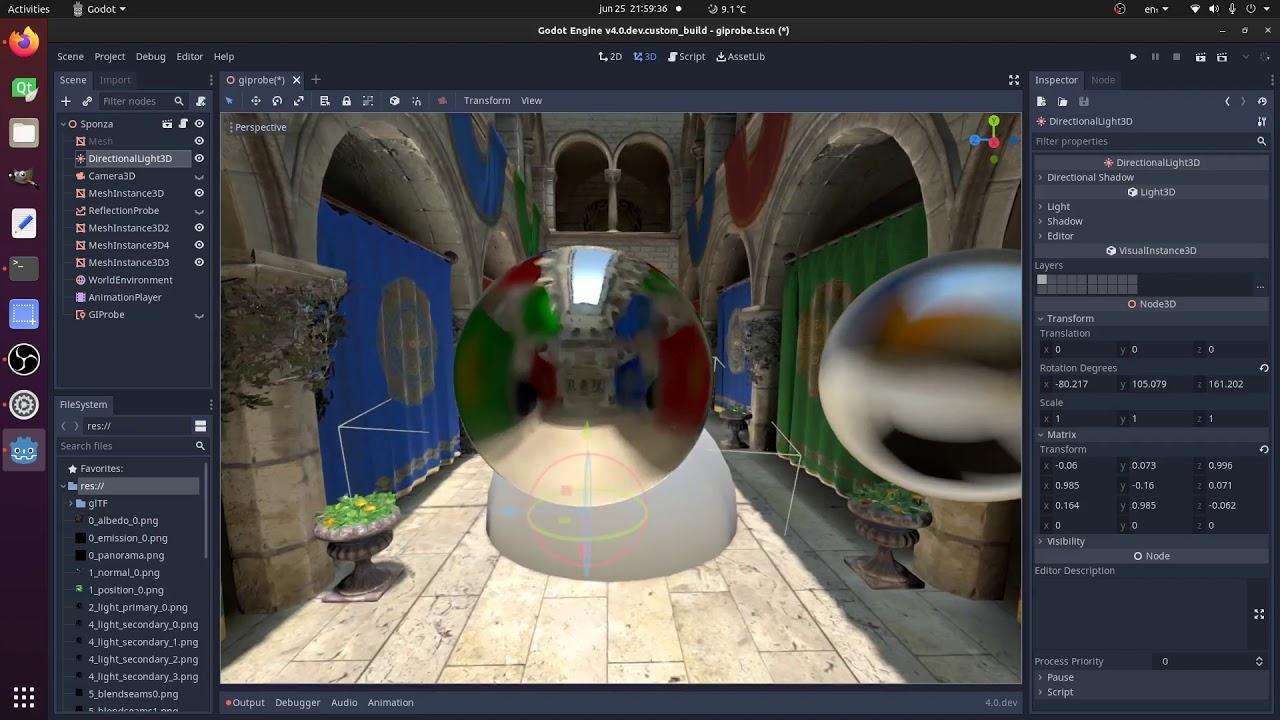
Direct Link
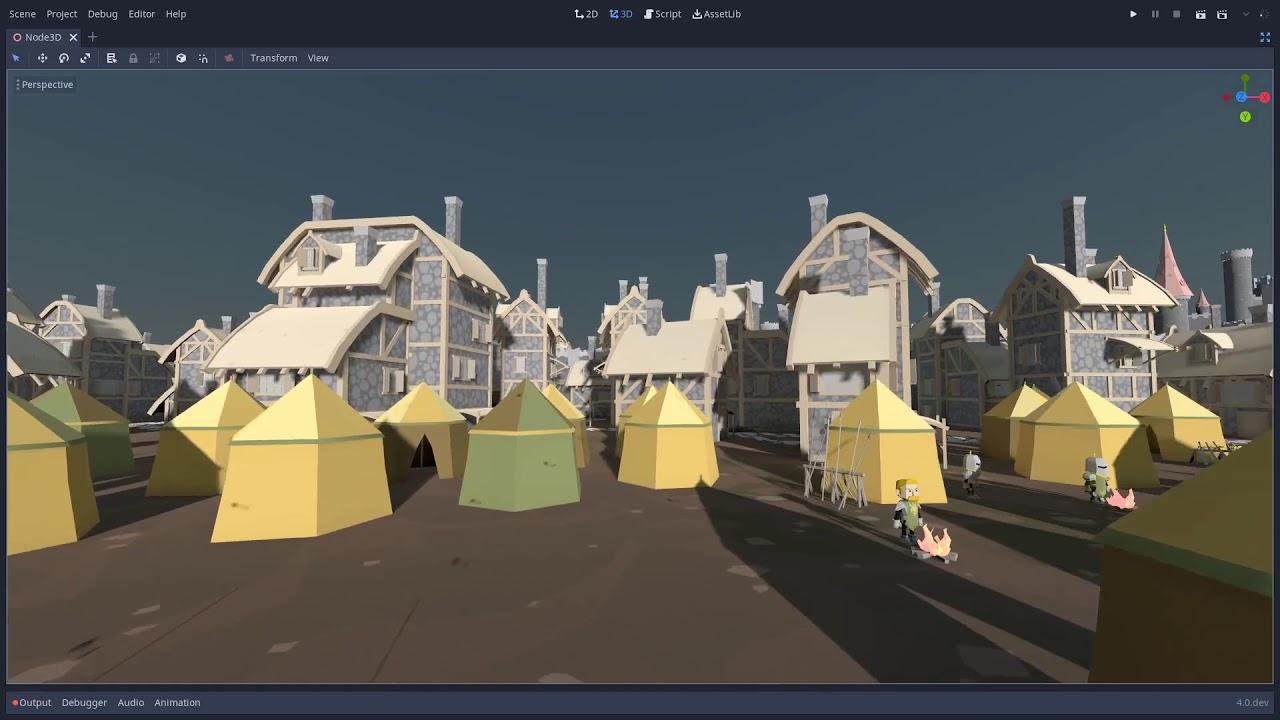
Direct Link
See their full post on SDFGI here, and for another explanation they also talked a little about it with some lighting backstory on Twitter, which is worth a quick read too. Godot 4.0 sure is sounding pretty incredible.
Godot Engine is a free and open source game engine that supports many platforms, find out more here.
In my opinion, with those three things combined, SSRR + SSAO + SDFGI, with support with dynamic objects too, would equate to virtually identical results to raytracing in most situations, but with amazing performance. I can't wait to test it out with a few scenes.
Last edited by gradyvuckovic on 30 Jun 2020 at 2:44 pm UTC
I'm wondering how well this mixes with SSRR (screenspace raymarched reflections) and regular SSAO (specifically ground truth AO). Because in theory if those two screenspace effects could be used primarily, with SDFGI used for whatever can not be raymarched in screenspace, then it should permit very accurate reflections and local GI for fine details, while always being able to fall back to SDFGI for anything not in screenspace.If this is as good as it sounds it could even turn out to be Godot's “killer
In my opinion, with those three things combined, SSRR + SSAO + SDFGI, with support with dynamic objects too, would equate to virtually identical results to raytracing in most situations, but with amazing performance. I can't wait to test it out with a few scenes.
I'm wondering how well this mixes with SSRR (screenspace raymarched reflections) and regular SSAO (specifically ground truth AO). Because in theory if those two screenspace effects could be used primarily, with SDFGI used for whatever can not be raymarched in screenspace, then it should permit very accurate reflections and local GI for fine details, while always being able to fall back to SDFGI for anything not in screenspace.If this is as good as it sounds it could even turn out to be Godot's “killer
In my opinion, with those three things combined, SSRR + SSAO + SDFGI, with support with dynamic objects too, would equate to virtually identical results to raytracing in most situations, but with amazing performance. I can't wait to test it out with a few scenes.appfeature”.
It would certainly make Godot a very appealing option to any indie game dev looking for an engine. A free engine that easily can give near-raytracing quality graphics with awesome performance that's MIT licensed? Hard to say no to that!
Godot is going places, it just needs time to get there.
https://www.youtube.com/watch?v=QFKPrDv-Ue8
There's another demonstration video available which, for a graphics tech noob like me, illustrates very well what global illumination can do for your game. I was very impressed:
https://www.youtube.com/watch?v=QFKPrDv-Ue8
Thanks, that video seems much better to me at showing what it does. A clear demonstration of indirect lighting. Seems they did keep tonemapping turned off, which means the insides look extremely dark. It also demonstrates a downside of the system. Since the probes don't extend far from the camera, there are visual lighting changes when scenery comes into the view of the probes. But it's still early, so they may be able to improve these transitions. Still would be interested to see a properly textured scene with a transition with all the bells and whistles turned on from darker low level interior lighting to full sunlight outside. These transitions have always been problematic for current rendering engines.
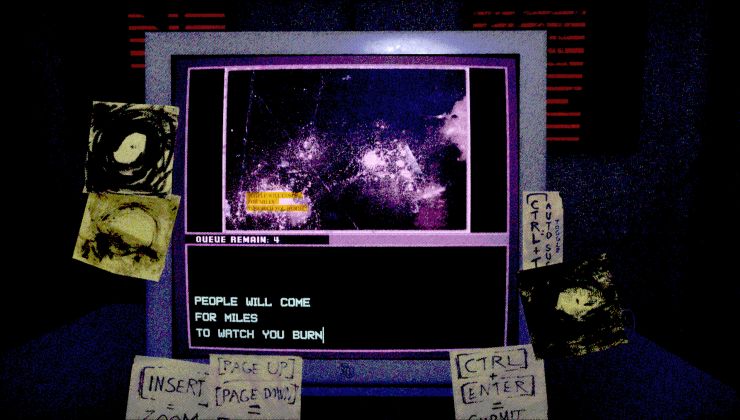
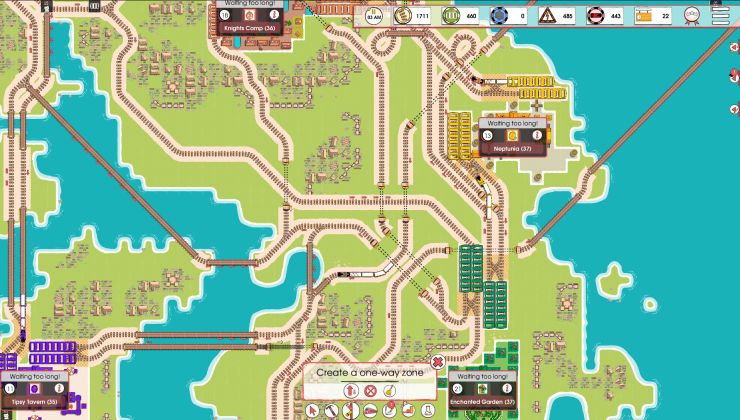
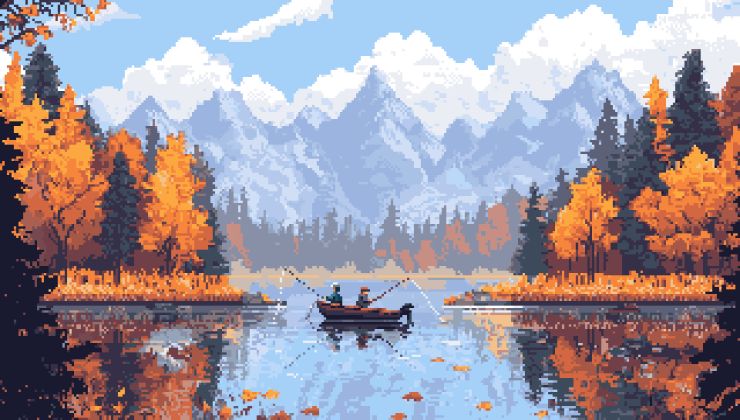
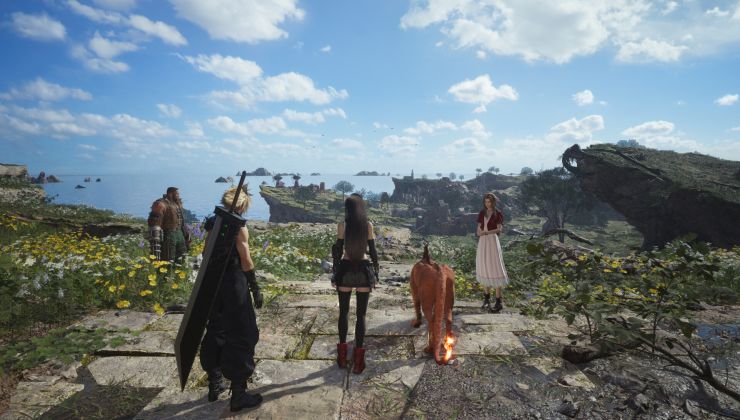




 How to set, change and reset your SteamOS / Steam Deck desktop sudo password
How to set, change and reset your SteamOS / Steam Deck desktop sudo password How to set up Decky Loader on Steam Deck / SteamOS for easy plugins
How to set up Decky Loader on Steam Deck / SteamOS for easy plugins
See more from me